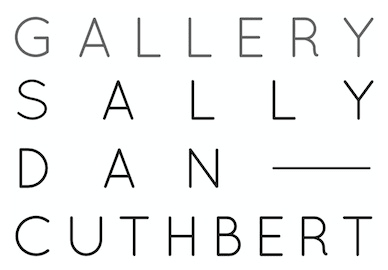Renowned sculptor Inge King AM once described her artform as “drawing from a thousand different angles.” Using this idea as a thematic springboard, McClelland Sculpture Park + Gallery co-curators Lisa Byrne and Simon Lawrie have spent the last 18 months bringing together the work of 13 female-identifying artists for an exhibition exploring the impact of modernism on contemporary sculptural practice.
“King’s quote relates to the experience of sculpture,” explains Lawrie. “We used it in a number of ways when choosing the works in the show—in a literal sense with how we experienced a sculptural object and how it articulates space, and also in a broader sense with artists bringing different perspectives to historical works and processes.”
An additional influence for Byrne and Lawrie was sculptor Norma Redpath OBE. As original members of Centre Five—a group of artists who worked in Melbourne in the mid 1950s—both King and Redpath were at the forefront of modern sculptural practice, consistently pushing the boundaries of how form interacted with space. Their artistic legacy forms the compass point of A thousand different angles, which ranges across small maquettes to large-scale public art by artists including Natasha Johns-Messenger, Marion Borgelt and Louise Paramor. “King and Redpath are each really significant sculptors in the timeline of Australian art,” says Lawrie. “They connected with their materials in direct and innovative ways and we wanted to look at how contemporary artists were expanding on that.”
With each work engaging in a visual dialogue with the McClelland galleries, the forms of linear passages and curved archways are key features in many of the sculptures, further enhancing the viewer’s spatial interaction with the architectural and natural spaces. “King and Redpath always looked at the dynamic spatial properties of the object itself and the broader context of where the object would be located—in nature, architecture, the domestic space or commercial realm—it was all part of the broader experience of sculpture.”


